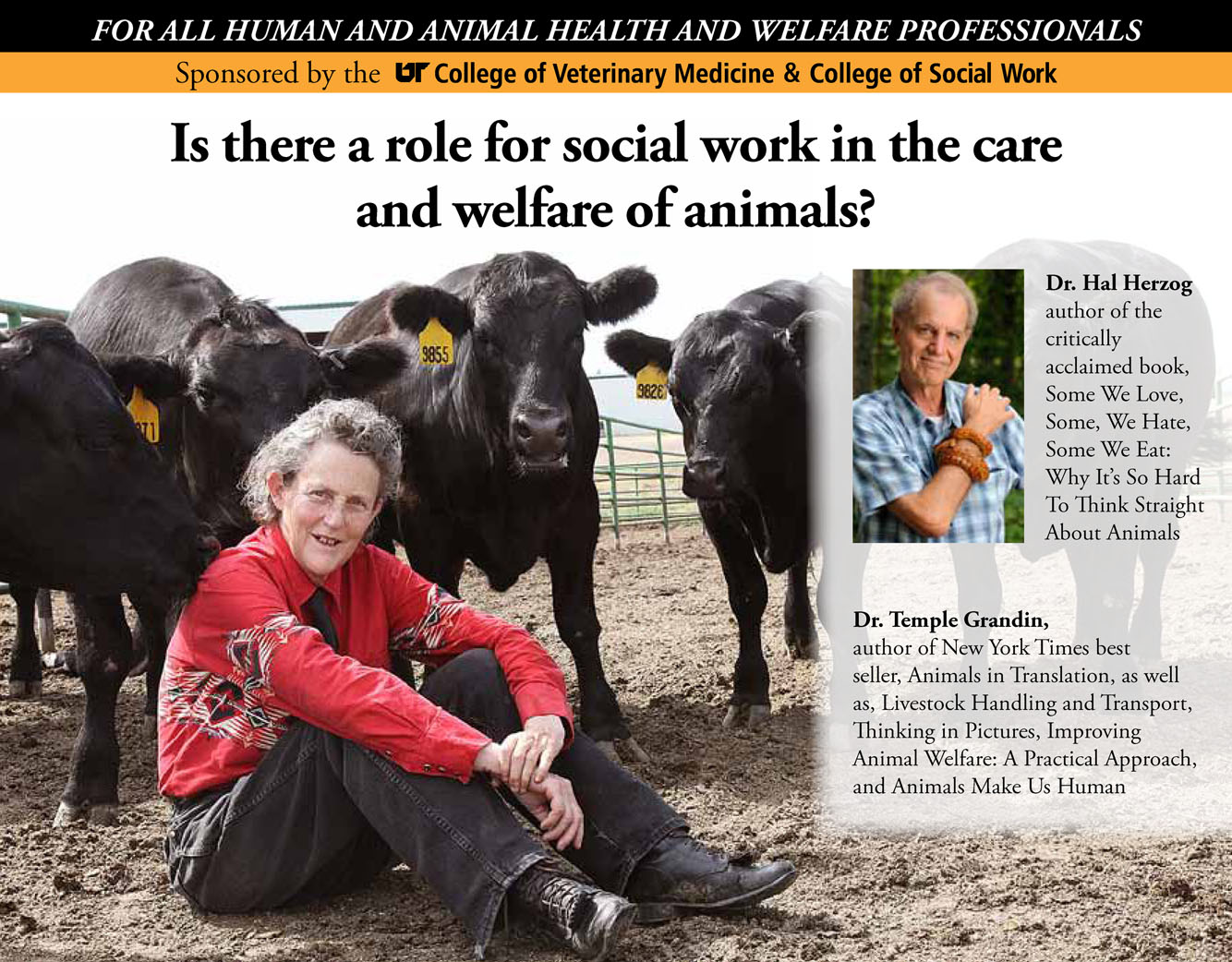Compassion Fatigue: What it is, what it isn’t, and what can be done
Abstract
Compassion fatigue: what it is, what it isn’t, and what can be done
Compassion fatigue can affect anyone in the role of healer, helper, or rescuer.As Hilfiker (1985) describes it: “All of us who attempt to heal the wounds of others will ourselves be wounded; it is, after all, inherent in the relationship.”For a number of reasons, those within the veterinary profession – including social workers – are especially prone to developing compassion fatigue. Profoundly significant, compassion fatigue is recognized as “the greatest threat to personal, professional and financial success among those who truly provide compassionate care.”
Compassion fatigue can be described as “the natural consequent behaviors and emotions resulting from knowing about a traumatizing event experienced by a significant other – the stress resulting from helping or wanting to help a traumatized or suffering person.” It emerges as a natural consequence of caring and, accordingly, is not necessarily a problem but more a natural by-product. Defining it by necessary variables, compassion fatigue necessitates a caregiving relationship within which there is an exchange of empathy, emotions, and information between the caregiver and client, along with a strong desire on the part of the caregiver to help alleviate the client’s suffering and pain.
Compassion fatigue cannot be clearly differentiated from other environmental stressors. From a systems perspective, compassion fatigue has been conceptualized as the convergence of primary traumatic stress, secondary traumatic stress, and cumulative stress/burnout. An interactive or synergistic effect among these three has been discerned, wherein the experience of symptoms from any one appears to diminish resiliency and lower thresholds for the adverse impact of the other two. Compassion fatigue is often mistaken as burnout. Despite the recognition of compassion fatigue as a form of professional burnout, the two conditions are, in fact, uniquely different, despite often appearing to feel the same. Since the two have uniquely different causes and paths to recovery, it is vital that they be clearly understood and differentiated.
Although symptoms of compassion fatigue may be mild and considered the result of a stressful day, they can also be severe, additive, and potentially devastating, involving a cascade of adverse physiological, psychological, and interpersonal consequences. Compassion fatigue affects people personally and professionally, impacting both individuals and organizations. It can affect physical and mental health, professional competence and success, and vocational direction and development. It can even spread “as a contagion” to pan-systemically influence organizational welfare.
Intervention in the form of professional help is important. Prevention is even better. Beyond four protective qualities which enhance resilience, there are a number of proactive steps and strategies that can be employed to manage the consequences of compassion fatigue.
(references removed to accommodate length limitations)
Track
Compassion fatigue management
Preferred Presentation Format
Workshop: 1-hour workshop
Location
LECONTE
Start Date
12-4-2013 3:30 PM
End Date
12-4-2013 5:00 PM
Compassion Fatigue: What it is, what it isn’t, and what can be done
LECONTE
Compassion fatigue: what it is, what it isn’t, and what can be done
Compassion fatigue can affect anyone in the role of healer, helper, or rescuer.As Hilfiker (1985) describes it: “All of us who attempt to heal the wounds of others will ourselves be wounded; it is, after all, inherent in the relationship.”For a number of reasons, those within the veterinary profession – including social workers – are especially prone to developing compassion fatigue. Profoundly significant, compassion fatigue is recognized as “the greatest threat to personal, professional and financial success among those who truly provide compassionate care.”
Compassion fatigue can be described as “the natural consequent behaviors and emotions resulting from knowing about a traumatizing event experienced by a significant other – the stress resulting from helping or wanting to help a traumatized or suffering person.” It emerges as a natural consequence of caring and, accordingly, is not necessarily a problem but more a natural by-product. Defining it by necessary variables, compassion fatigue necessitates a caregiving relationship within which there is an exchange of empathy, emotions, and information between the caregiver and client, along with a strong desire on the part of the caregiver to help alleviate the client’s suffering and pain.
Compassion fatigue cannot be clearly differentiated from other environmental stressors. From a systems perspective, compassion fatigue has been conceptualized as the convergence of primary traumatic stress, secondary traumatic stress, and cumulative stress/burnout. An interactive or synergistic effect among these three has been discerned, wherein the experience of symptoms from any one appears to diminish resiliency and lower thresholds for the adverse impact of the other two. Compassion fatigue is often mistaken as burnout. Despite the recognition of compassion fatigue as a form of professional burnout, the two conditions are, in fact, uniquely different, despite often appearing to feel the same. Since the two have uniquely different causes and paths to recovery, it is vital that they be clearly understood and differentiated.
Although symptoms of compassion fatigue may be mild and considered the result of a stressful day, they can also be severe, additive, and potentially devastating, involving a cascade of adverse physiological, psychological, and interpersonal consequences. Compassion fatigue affects people personally and professionally, impacting both individuals and organizations. It can affect physical and mental health, professional competence and success, and vocational direction and development. It can even spread “as a contagion” to pan-systemically influence organizational welfare.
Intervention in the form of professional help is important. Prevention is even better. Beyond four protective qualities which enhance resilience, there are a number of proactive steps and strategies that can be employed to manage the consequences of compassion fatigue.
(references removed to accommodate length limitations)


Speaker Bio
Previously submitted.